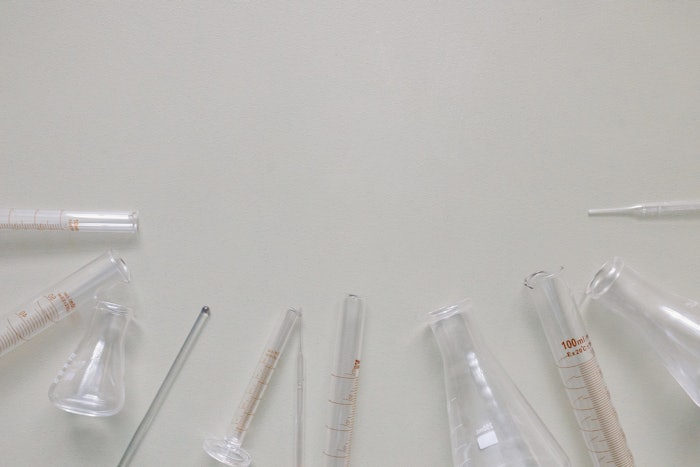
Earlier this year, the Research Institute for Fragrance Materials (RIFM) published an end-point-specific read-across paper on fragrance ingredient testing.
This month the institute announced a new study confirming an animal alternative for genotoxicity. Genotoxicity refers to the potential of an ingredient to change or damage DNA, which can increase the chance of harmful effects. RIFM evaluates the genotoxic potential of fragrance ingredients by studying two types of genotoxicity:
- Mutagenicity: The potential ability of a fragrance ingredient to cause any genetic change, which can then become heritable (passed on genetically from parents to children).
- Clastogenicity: The potential of a fragrance ingredient to cause breaks in chromosomes (microscopic structures made up of DNA) that could lead to chromosomes either gaining or losing segments and causing adverse or fatal effects, such as cancer.
According to RIFM
In vitro (e.g., in test tube) genotoxicity tests, such as the internationally accepted micronucleus test RIFM uses to predict clastogenicity, can produce misleading positives. That is why more accurate follow-up tests are needed to identify the potential mechanism of positive reading and conduct an appropriate follow-up study based on mechanistic information. RIFM has avoided conducting in vivo studies to assess human health safety for over a decade and therefore has focused on developing in vitro assays to evaluate fragrance materials accurately.
The challenge is that genotoxicity doesn’t happen in one way; it results from different mechanisms of action. Several more accurate non-animal follow-up predictive tests exist, but none cover all of these mechanisms of action.
To avoid performing multiple expensive and time-consuming animal-alternative follow-up tests, RIFM senior scientist Yax Thakkar, MS, and colleagues at RIFM, the biotech company Toxys, and Procter & Gamble studied the potential of the more expedient, cost-effective ToxTracker assay. ToxTracker is a stem cell-based reporter assay that can identify the mechanisms responsible for the misleading positive outcomes observed in in vitro genotoxicity tests, including the micronucleus assay. (Reporter gene assays are used to study gene expression and regulation.) The results were published in Wiley’s peer-reviewed Environmental and Molecular Mutagenesis.
Thakkar explained, “The ToxTracker assay, in combination with in silico metabolism prediction methods, successfully identified the mechanisms for misleading positive in vitro micronucleus outcomes. This study confirms that, by identifying the mechanism of action, ToxTracker can help us refine and redefine the animal alternative testing battery while continuing to avoid animal testing.”










